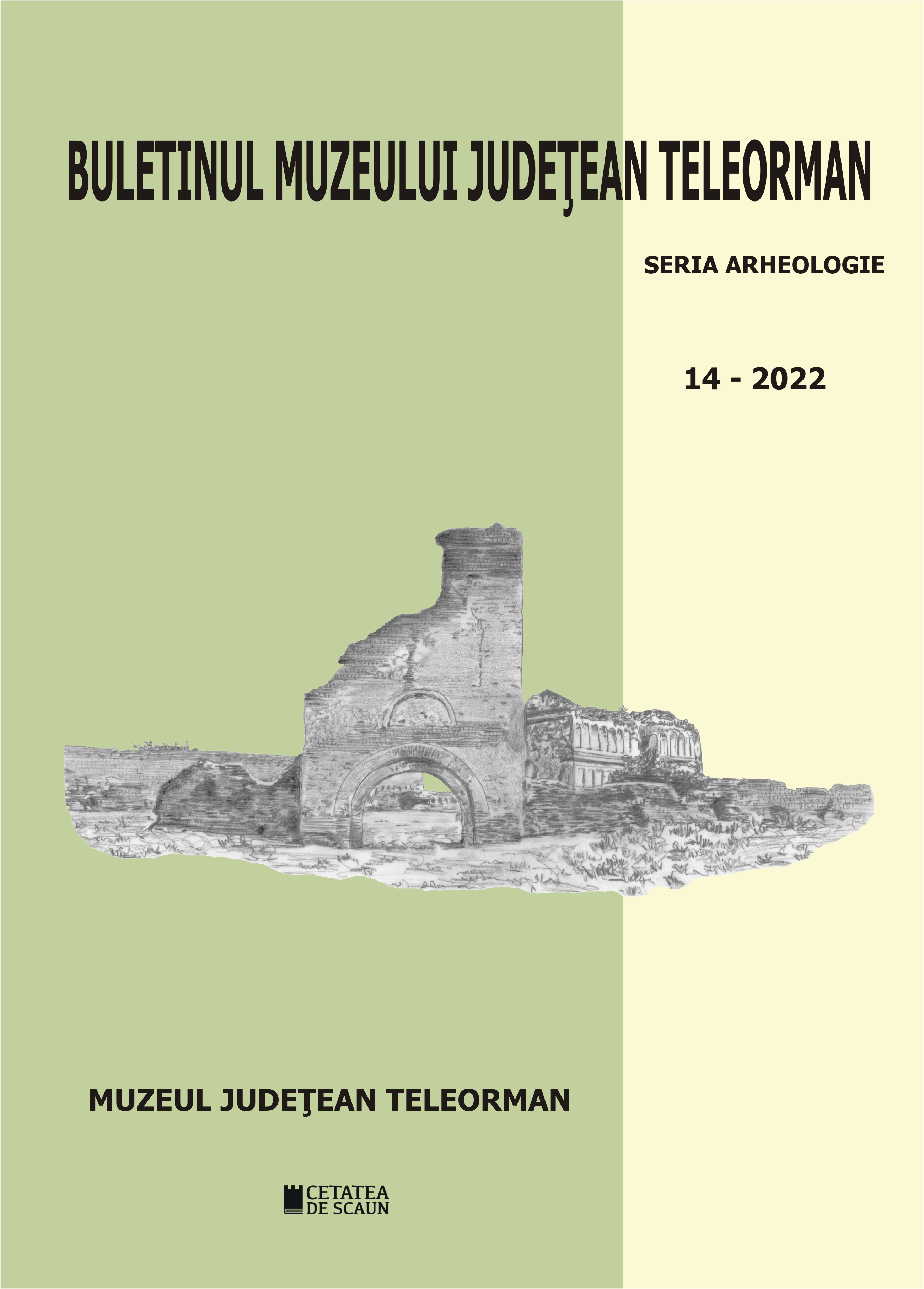Analiza arheozoologică a materialului faunistic de la Cetatea Turnu (judeţul Teleorman)
Archaeozoological analysis of the faunal material from Turnu Fortress (Teleorman County)
Author(s): Adrian Bălășescu, Valentin RaduSubject(s): Archaeology, Middle Ages, 17th Century, 18th Century
Published by: Editura Cetatea de Scaun
Keywords: archaeozoology; Middle Ages; Ottoman period; Turnu Fortress; animal husbandry;
Summary/Abstract: The fauna analysed from Turnu Fortress discovered during archaeological research carried out between 2006 and 2009 belong to the XVII-XVIII centuries. Archaeological contexts have been attributed to the Ottoman habitation and the fauna analysed is part of the diet of the community who lived in this fortress. Most of the faunal remains belong to mammals, but fragments of molluscs, fish, reptiles and birds have also been identified. The analysed sample, extremely rich for the period, reveal the consumption almost exclusively of domestic species, which would suggest that animal husbandry played an important role for the Ottoman community at Turnu Fortress. Small and large ruminants are the most exploited for food consumption, followed by horses, while pigs are almost absent. Hunting and poultry farming activities are also highlighted.
Journal: Buletinul Muzeului Judeţean Teleorman
- Issue Year: 2022
- Issue No: 14
- Page Range: 59-76
- Page Count: 18
- Language: Romanian

